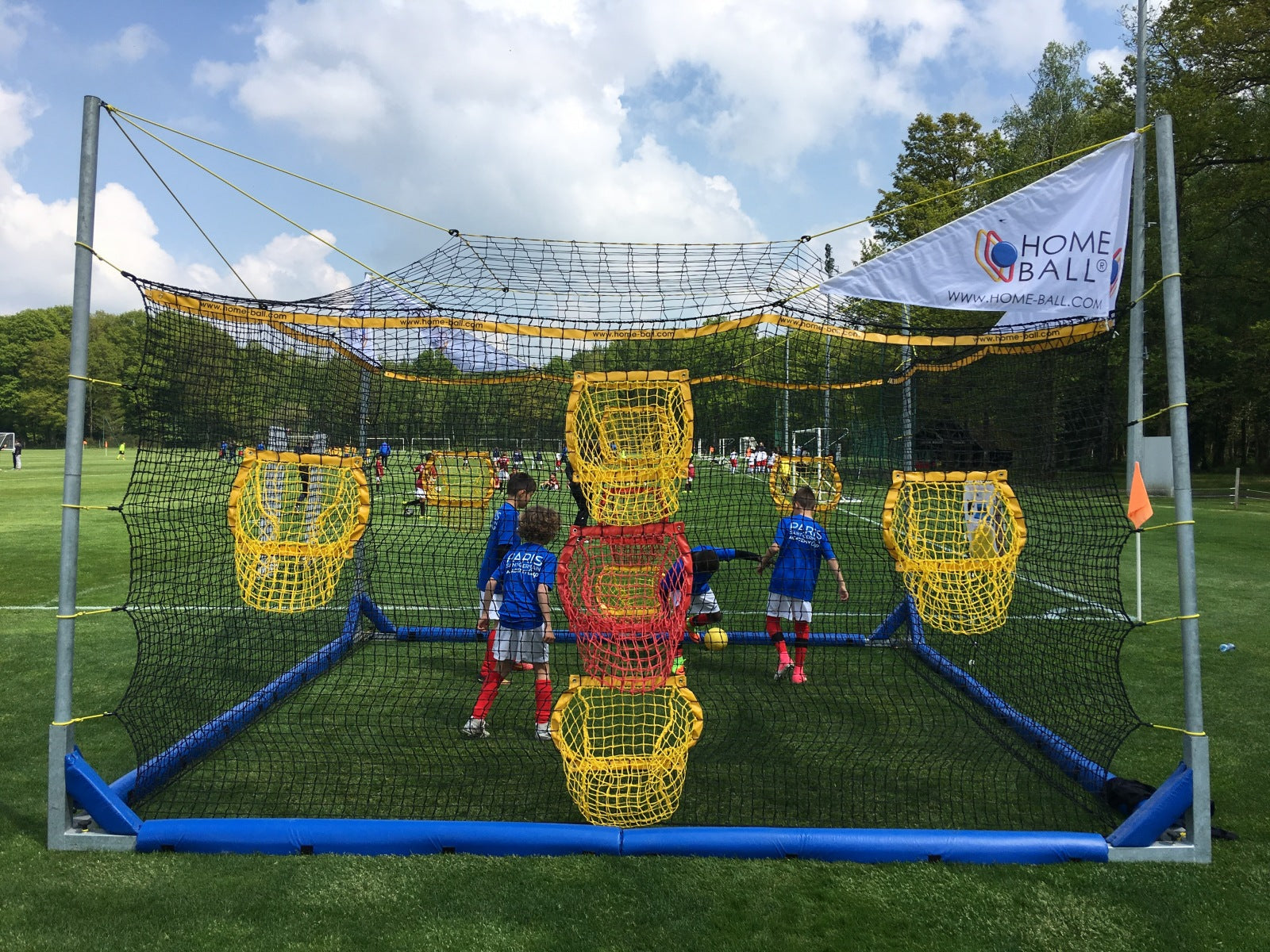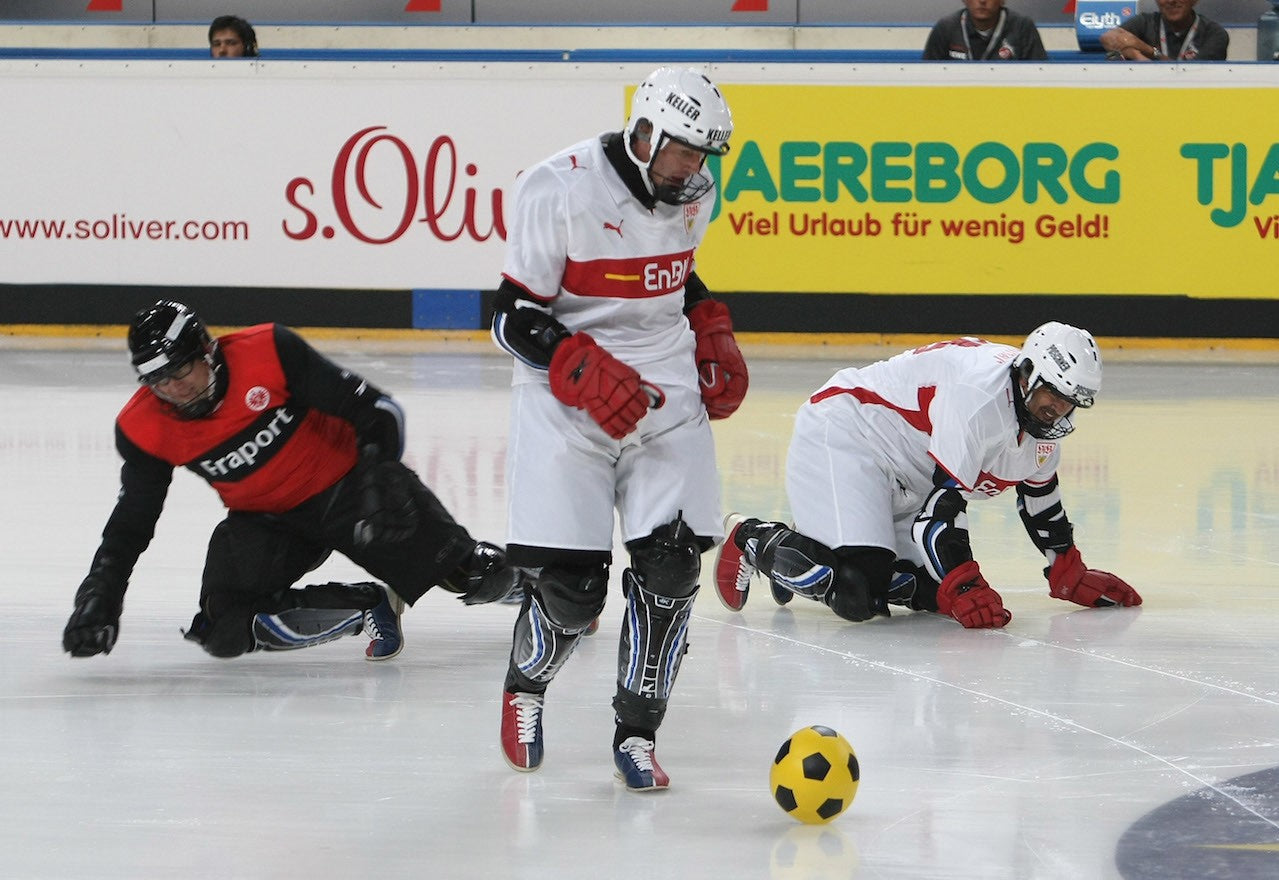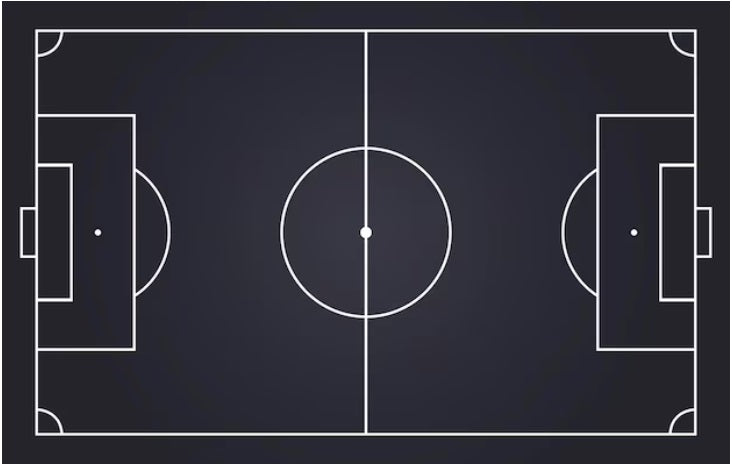The Pheninde, ancient game
Pheninde is a ball game that goes back a long way to Greek civilization. It is the old name for harpastum and is considered the ancestor of modern-day rugby. It is poorly known, because very few literary sources speak of it. Pheninde was practiced with the pila, a hard ball made of rolled up strips of leather. Pheninde is a game that was played in antiquity like episcyre and harspastum, these different sports are the first forms of ball play and are considered the ancestors of all forms of ball play that we know from Nowadays we talk more specifically about rugby and football.
Ancient ball games and the history of the Phenindus.
Ball games have existed since ancient civilizations. They were practiced for recreational purposes or military training. The most popular games were episcyre, apporhaxis, uraine and especially pheninde which was particularly popular with the inhabitants of SPARTA, a city famous for its warrior traditions. In ancient Rome, Pheninde was called Haspartum, which became the favorite game of the Roman legions for learning combat and preparing troops. In fact, it consisted of opposing two camps on a field of 100 to 150 meters on each side who had to manage to bring a ball behind a line marked behind the opposing camp. It was a game where the teams had to show a lot of aggression to win and mark the virility of these members.
The rules of Pheninde and how was it practiced?
In his time, there was no precise rule in the Phenindus. It was practiced with a very hard ball (the pila) made of rolled up strips of leather. No preparation was needed to play it, anyone could participate as long as they were very physical, as it was a game that required a lot of endurance.
Teams were made up of 5 to 12 players. It was practiced on a rectangular, sandy or earthy terrain. The line drawn behind the teams was made with chalk, it was called syres. The objective of the game is to land the ball behind the opposing team's line. All means were put in place to achieve the objective.
Everything depended on the speed of passes and feints. Body feints, short or long passes as well as imbalances are part of the pheninde. The players coated their bodies with oil to better escape their opponents. It was allowed to jostle and snatch the ball which could be thrown by hand, hit with the fist or pushed with the foot. However, the use of the feet should be very limited and its influence fairly minimal.
The fundamental element of the game was physical duels. This game featured great intensity between the teams, and was sometimes described as violent. It was a game where players competed aggressively for victory. The arduousness and the efforts required of the players allow us to imagine how tough this game was.


















